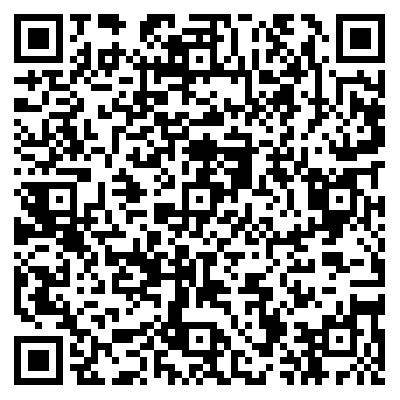If you are considering buying an embroidery machine, you might be wondering what features you really need in a machine. There are several factors to consider, including price, stabilizer, and max hoop size.
Buying guide for an embroidery machine
When it comes to buying an embroidery machine, you want to choose a machine that has all of the features you need. This is especially important if you have a limited budget. You can choose an embroidery machine that has built-in designs or one that allows you to upload computerized designs to the machine. It is also important to consider the storage space and weight of the machine. A machine that is too heavy can be unwieldy to lift and store.

Another thing to consider when buying an embroidery machine is the accessories you will need to create a variety of projects. These may include a hoop, extra bobbins, and needles. Purchasing embroidery machine accessories will increase the cost of your machine, but they will make it easier for you to complete projects.
Cost
The cost of an embroidery machine depends on the size of the project you want to create. Small-scale projects can be completed with a less expensive model. For larger projects, you will want a higher-end model. High-level embroidery machines can cost more than a thousand dollars. The price will also depend on supply and demand issues.
When calculating the cost of an embroidery machine, you should consider the supplies needed. You will need bobbin thread and stabilizer. These can add up quickly. Depending on the project, different kinds of stabilizer are needed. There are specialized stabilizers, like wash-away and self-adhesive tear-away stabilizer. However, these are more expensive than the normal tear-away stabilizer.
Stabilizer
Stabilizer is an important part of your embroidery project. It prevents the stitches from sinking into the fabric, so you'll want to choose the right type depending on the fabric and stitch count. Normally, the stabilizer is a lightweight web or film that adheres to the fabric during the embroidery process. However, if you're embroidering a more detailed design, you may want to use a heavier stabilizer. If you're washing your finished item by hand, it's a good idea to use cold water, but if you've got a stabilizer that is too adhesive, you can give it a gentle massaging under the running tap to remove it.
While choosing a stabilizer, make sure to ask the manufacturer about the various options available. Generally, stabilizers are available in several weights, and the weight will depend on the fabric you're embroidering. If the fabric you're embroidering is stretchy, you'll want to start with a medium-weight stabilizer.
Max hoop size
The maximum hoop size for an embroidery machine varies depending on the size of the embroidery design. Generally, a machine that takes a 5 x 7 hoop is able to handle large designs. But if you want to embroider a small design, a 4 x 4 hoop is sufficient. The larger hoops, however, are more expensive than their smaller counterparts.
Embroidery hoop sizes are usually described in terms of inches and millimeters to give users an idea of the maximum design size for their machine. Although these terms are helpful, they can also be confusing for beginners. In addition to being inaccurate, these hoop sizes do not reflect the actual size of the embroidery field.
Accessories
There are many accessories for your embroidery machine, and many of them will make your embroidery job easier. There are needles, thread, and bobbins, which are necessary for creating a clean, crisp pattern. These accessories are inexpensive and easily available. Investing in some of these will save you a lot of time and frustration when creating a design.
Choosing the right thread for your embroidery machine is a key part of the process. There are several types of thread, including rayon and polyester. Both types of thread have different advantages and disadvantages. For example, rayon thread is the most popular type of embroidery thread. It comes in an enormous range of colours and is strong enough to handle high-speed stitching. Another popular type of thread is polyester, which has a similar effect but is resistant to shrinking, fading, and bleeding.

 English
English Español
Español عربى
عربى


